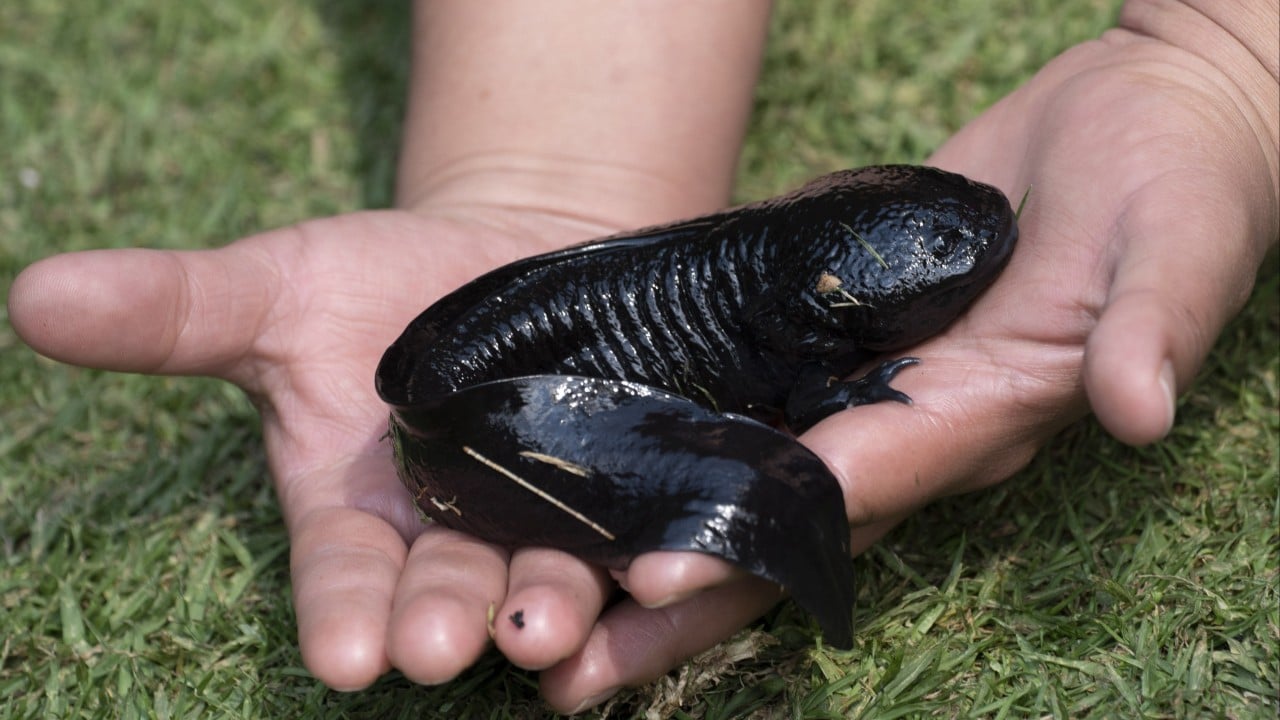Legend has it the axolotl was not always an amphibian. Long before it became Mexico’s most beloved salamander and efforts to prevent its extinction flourished, it was a sneaky god.
Advertisement
“It’s an interesting little animal,” said Yanet Cruz, head of the Chinampaxóchitl Museum in Mexico City.
Its exhibitions focus on axolotl and chinampas, the pre-Hispanic agricultural systems resembling floating gardens that still function in Xochimilco, a neighbourhood on Mexico City’s outskirts famed for its canals.
“Despite there being many varieties, the axolotl from the area is a symbol of identity for the native people,” said Cruz, who took part in activities hosted at the museum to celebrate Axolotl Day in early February.

While there are no official estimates of the current axolotl population, the species Ambystoma mexicanum – endemic of central Mexico – has been catalogued as “critically endangered” by the IUCN Red List of Threatened Species since 2019. And though biologists, historians and officials have led efforts to save the species and its habitat from extinction, a parallel, unexpected preservation phenomenon has emerged.
Advertisement

